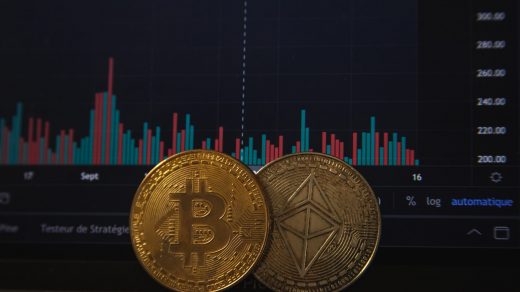There are two different kinds of ETFs: passive and active. Passive ETFs track an index, while actively managed ETFs employ a portfolio manager who tries to beat the index by buying and selling investments to increase its performance.
Passive Exchange Traded Funds (ETF)
The most popular type of ETF is passive index-tracking ETFs.
A passive fund tracks a market index, such as the S&P 500 Index or FTSE 100 Index, by holding all securities in the index in the same proportion as that index. If the S&P 500 increases by 2%, then you can expect a passive ETF tracking this index to increase approximately 2% as well.
Passive exchange-traded funds have lower expense ratios than managed mutual funds because they require very little management oversight.
Their low overhead costs allow them to realise more significant economies of scale. ETFs also provide tax benefits over mutual funds because they do not sell securities when investors redeem their shares.
Hence, investors benefit from a potentially more favourable capital gains tax treatment than mutual funds.
The greater liquidity of ETFs can also give investors an additional advantage, as orders to buy and sell ETF shares at market prices are filled much more quickly than orders to buy and sell mutual fund shares at their net asset value (NAV).
Active Exchange Traded Funds (ETF)
An actively managed fund is run by portfolio managers who buy and sell securities intending to beat the target index or market benchmark after fees are taken into account.
An example of an actively managed ETF would be one seeking to mimic hedge fund performance. Its portfolio managers beat various market benchmarks, such as the S&P 500 Index.
An actively managed ETF has its portfolio manager select specific securities to purchase and sell. In contrast, an index-tracking ETF will hold all of the securities included in the benchmark it tracks.
For example, one popular method of pursuing excess returns is purchasing smaller companies with high growth potential relative to larger companies within a particular sector.
An active fund may drop the biggest names in each industry from their investment selection because they are too large or have fallen out of favour with analysts and investors.
This process results in higher turnover than index-tracking funds, generating capital gains distributions for taxable accounts.
Even though both types of funds trade throughout the day on stock exchanges, active ETFs tend to be less tax-efficient than index-tracking ETFs.
ETFs vs mutual funds
Which is Right for me? Despite the benefits of ETFs, index-tracking mutual funds can be a better choice for some investors, depending on their goals and circumstances.
Compared with actively managed mutual funds, many studies have consistently shown that passive index-tracking funds tend to outperform actively managed funds after expenses are considered.
It may be because fees charged by active managers eat into returns that otherwise would go towards investment appreciation – often without generating extra returns.
On the other hand, ETFs are not well-suited to tax-loss harvesting because they lack many securities that allow mutual funds to minimise capital gains distributions due to low turnover.
ETFs also don’t provide investors with immediate diversification like mutual funds because an individual ETF represents ownership in only one security, which can be risky for specific portfolios.
The extra costs you are paying
Capital gains distributions are the fund manager’s share of realised gains that affect out-of-pocket expenses for shareholders as cash is passed on to those who own shares in the fund.
It means an ETF shareholder will pay capital gains tax on their portion of these distributions, whereas a mutual fund shareholder pays no taxes until they sell shares of the fund.
The higher turnover within active funds and more frequent buying and selling of securities generate more short-term capital gains than index funds, which can be particularly costly for investors holding their positions for less than one year.
At the same time, it may seem more straightforward to avoid paying tax by holding your position long term.
Some actively managed funds have also realised substantial unrealized capital gains that could be distributed as taxable distributions.



